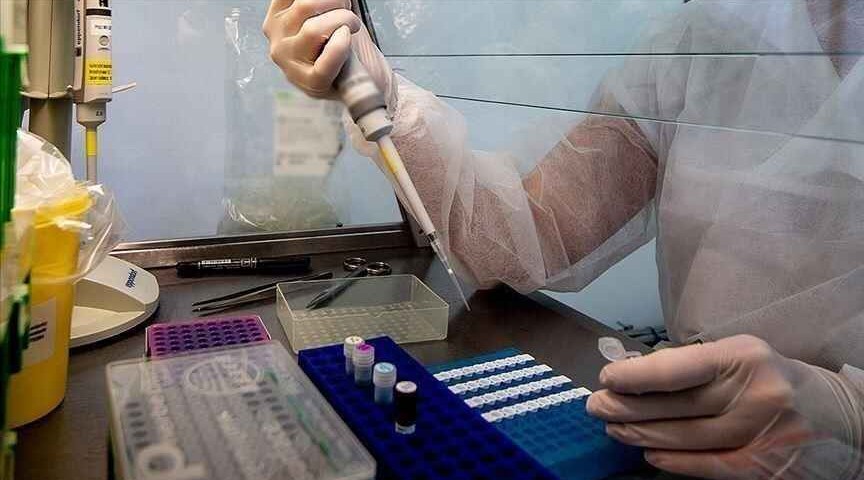High- and low-income countries see high disparity in cervical cancer fatalities: WHO
WHO chief says world has tools to fight cervical cancer that kills over 300,000 women each year

The disparity between deaths from cervical cancer in high- and low-income countries tells a stark story, with nine in 10 fatalities from the disease in low- and middle-income countries, the World Health Organization said Wednesday.
Wednesday marks the day to commemorate the Day of Action for Cervical Cancer Elimination, a devastating disease, which claims the lives of more than 300,000 women each year.
“As with COVID-19, access to lifesaving tools is constrained, with women and adolescent girls in the poorest countries deprived of clinical screening facilities, human papillomavirus (HPV) vaccines and treatments which those in affluent places take for granted,” said the WHO.
“Cervical cancer causes immense suffering, but it’s almost completely preventable and, if diagnosed early enough, one of the most successfully treatable cancers,” said Tedros Ghebreyesus, the WHO director-general.
“We have the tools to make cervical cancer history, but only if we make those tools available to everyone who needs them. Together with our partners in the WHO cervical cancer elimination initiative, that’s what we aim to do.”
Health authorities have faced setbacks in fighting cervical cancer during the COVID-19 pandemic.
Access to screening services has fallen for many women and in a recent survey, 43% of countries reported disruption to cancer treatment.
The WHO said HPV vaccination rates globally fell from 15% in 2019 to 13% in 2020, amid health service disruptions and school closures.
"The risk of cervical cancer increases six-fold for women living with HIV, but many have not had access to vaccination or screenings," the WHO noted.
Over the last decade, manufacturers have tilted supply toward wealthier locations, it added.
In 2020, just 13% of girls aged 9-14 globally were vaccinated against HPV -- the virus that causes almost all cases of cervical cancer.
Lifesaving vaccine
Around 80 countries -- home to nearly two-thirds of the global cervical cancer burden -- are yet to introduce this lifesaving vaccine.
Tedros along with celebrities, first ladies across the world, cancer survivors, and health and community organizations, aim to raise awareness and mobilize action -- one year after the WHO launched its landmark global initiative to eliminate cervical cancer.
The WHO aims to highlight important new breakthroughs to prevent and treat the disease, including the prequalification of a fourth vaccine (Cecolin from a third manufacturer, Innovax) for HPV, which is expected to increase and diversify vital vaccination supply.
In the past year, the HPV vaccine was introduced in seven countries -- Cameroon, Cape Verde, El Salvador, Mauritania, Qatar, Sao Tome and Principe, and Tuvalu -- bringing the total to 115.
Some countries expanded the use of self-sampling for cervical abnormalities -- endorsed in recently published WHO guidelines -- to allow women to collect their own swab.
The WHO‘s Global Strategy to Accelerate the Elimination of Cervical Cancer as a Public Health Problem seeks to get 90% of girls vaccinated against HPV, 70% of women screened for pre-cancerous lesions, and 90% of those who need it having access to treatment and palliative care.
Together, these measures could reduce new cases of the disease by more than 40% and prevent 5 million related deaths by 2050, said the WHO.
